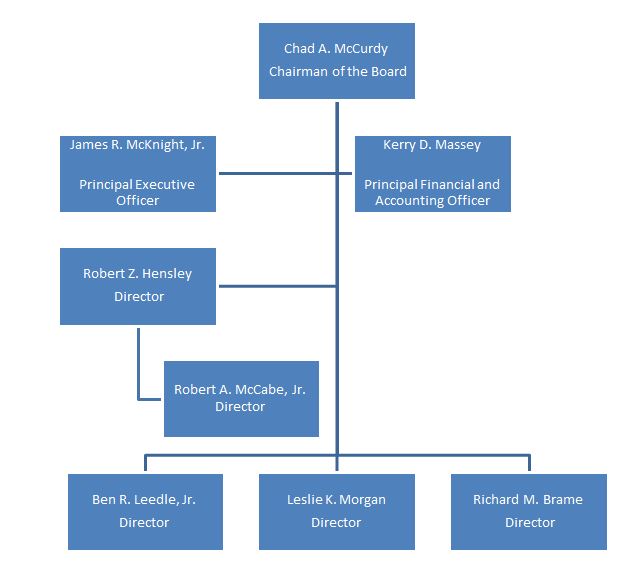Organizational culture is an organization’s unique characteristics that set it apart from others in the industry. It manifests itself in values and norms, work ethics, employees’ awareness of themselves and their place in the organization, communications, and human relationships within the team and patients. The development of organizational culture requires the definition of the main overall goal of the organization – the mission, as well as the choice of a strategy for the implementation of this mission. According to Diversicare Healthcare Services (2021), their mission is to improve every life we touch by providing exceptional healthcare and exceeding expectations. To achieve its goals, the organization offers a wide range of high-quality and cost-effective services, improves the composition of qualified personnel in medical centers, and implements cluster activities on a regional basis.
Organizational culture can both facilitate and hinder the implementation of strategic objectives. Correct understanding and use by employees of the organization of goals, values, and models of behavior within the boundaries of the existing organizational culture makes it possible to increase the effectiveness of using the internal resources of a medical organization and minimize costs. Harrison (2020) notes that organizational culture can be effectively used as a management tool with a good knowledge of its capabilities and characteristics. Thus, based on Diversicare’s mission, its strategic priorities are to increase the number of consumers to improve their quality of life, develop services in the country and abroad, and optimize the operational efficiency of services.

Strategic initiatives are intertwined with operational ones during an organization’s activities, forming a complex management system. There are several templates for organizational strategies, and a company may use one of them or combine several mentioned in figure 19.6 (Hillestad and Berkowitz, 2018). For instance, strategic initiatives are usually necessary to ensure an organization’s long-term performance in a competitive environment. In turn, operational activities provide a process for implementing short-term plans and boil down to making decisions in the specific conditions prevailing at the moment. Moreover, these two initiatives have different goals: the operational one maintains the current position and stability, and the strategic management is for development and change. Thus, strategic management, in contrast to an operational one, is designed to ensure the survival of the organization and the achievement of its goals in the long term.
The primary initial resource for the success of strategic initiatives is the staff of the medical organization. The organization’s personnel create organizational competencies and functional characteristics and forms value attitudes. Harrison (2020) affirms that only persons can initiate ideas in an organization, regardless of who they are, an ordinary employee or the organization’s head. According to Diversicare Healthcare Services (2021), the organization should have competent people in the corresponding positions, allowing for consistent structures. Thus, the values of an organization are directly dependent on its structure.
There are a lot of opportunities for Diversicare Healthcare Services Inc. These include population growth and a potential increase in clients, lower interest and tax rates, and improved quality of education, leading to a possible increase in the number of skilled labor. Diversicare Healthcare Services (2021) notes an increase in demand for elderly care services, which can also be singled out as an opportunity. Moreover, Diversicare can expand its activities to other countries, entering their markets. It is essential to constantly analyze the external environment with its inherent legislative, cultural, social, economic, and technological trends to see these opportunities and changes in the process.
Despite significant opportunities for Diversicare, the company faces potential obstacles. According to Diversicare Healthcare Services (2021), these include the inability to fund the vision and strategically manage their finances, the loss of skilled and experienced staff and committee members, the loss of government contracts, changes in funding mechanisms, takeover by a larger organization, and growing needs and consumer expectations. Moreover, one of them is the growing competition from national and international organizations, which can lead to a loss of market share, consumers, and a decrease in income.
To overcome these obstacles for an organization, it is crucial to think strategically across the board. These strategic initiatives include developing, implementing, and overseeing a strategic financial plan, developing a succession plan for the management committee and senior managers, updating recruitment and retention strategies, regularly reviewing the quality plan, and meeting or exceeding all contractual obligations. Furthermore, understanding and tracking the big picture of the care industry, competitive forces, and emerging opportunities, ideas, and initiatives will align with strategic goals and operations.
References
Diversicare Healthcare Services (2021). Annual report pursuant to Section 13 or 15(d) of the Securities Exchange Act of 1934 [PDF document]. Web.
Harrison, J. P. (2020). Essentials of strategic planning in healthcare (3rd ed.). Health Administration Press.
Hillestad, S. G. & Berkowitz, E. N. (2018). Health care market strategy: From planning to action. Jones & Bartlett Learning.